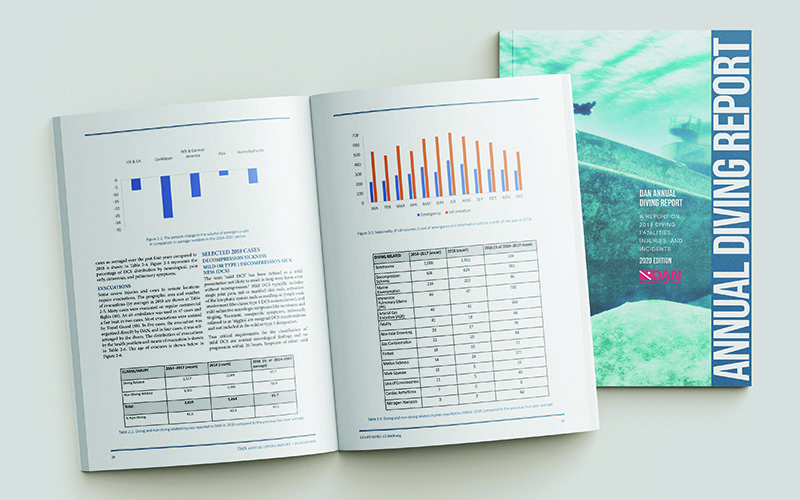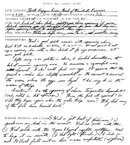...I swam up the gravel bank from about 15 feet depth to about 10 feet depth, nearing the bottom portion of this eddy but where there was still a downstream current. There I saw two more lampreys, which were joined by this third one, on the bottom holding onto stones in their mouths. Then they curled around each other, and began mating. I reached up to my mask and brought the SeawiscopeEY down in position on my mask. This is a double-lens device that allows very close focusing and observations. With it down, and the two lampreys in a mating position (one male attached itself to the female’s head, and circled her body with his), I watched in amazement as they convulsed in a mating orgasm, and eggs and sperm came out. After a moment, the male released his grip on her head, and the three lampreys began moving stones over the site. At first. It was small stones being moved out, then large stones were moved on top. They kept moving the stones in the river, and the large ones were bigger than my fist. One lamprey would cling to the stone with his/her mouth, then with body undulations try to displace it from the bottom. The larger stones were moved over the area of the eggs, which were sticking to the rocks on the bottom. Some had drifted back in the current too.
This process was repeated at least five times while I watched during the next 20 minutes. The male would grab the head of the female, wrap his body around the female and they would release sperm and eggs in what could only be described as a body convulsion, a fast-frequency twitching of the whole lower bodies of the two fish. This would be followed by several minutes of moving stones on the bottom. This was a cooperative effort by three lampreys. At one point, the dominant male tried mating with the female, and because the other male was along-side could only wrap his body around the both of them. That did not work, so he would change his body position slightly and try again. Finally, and only after he had successfully wrapped his body only around her, the mating commenced again.
This mating activity of the lampreys was fascinating to watch. Toward the end of my observations, the other male tried to mate with this female, and a fight ensued. The dominant male attached to the other male with his mouth, and swam him away. He returned, and the fight ensued again. Eventually, only the female and the dominant male were there.

 dan.org
dan.org






